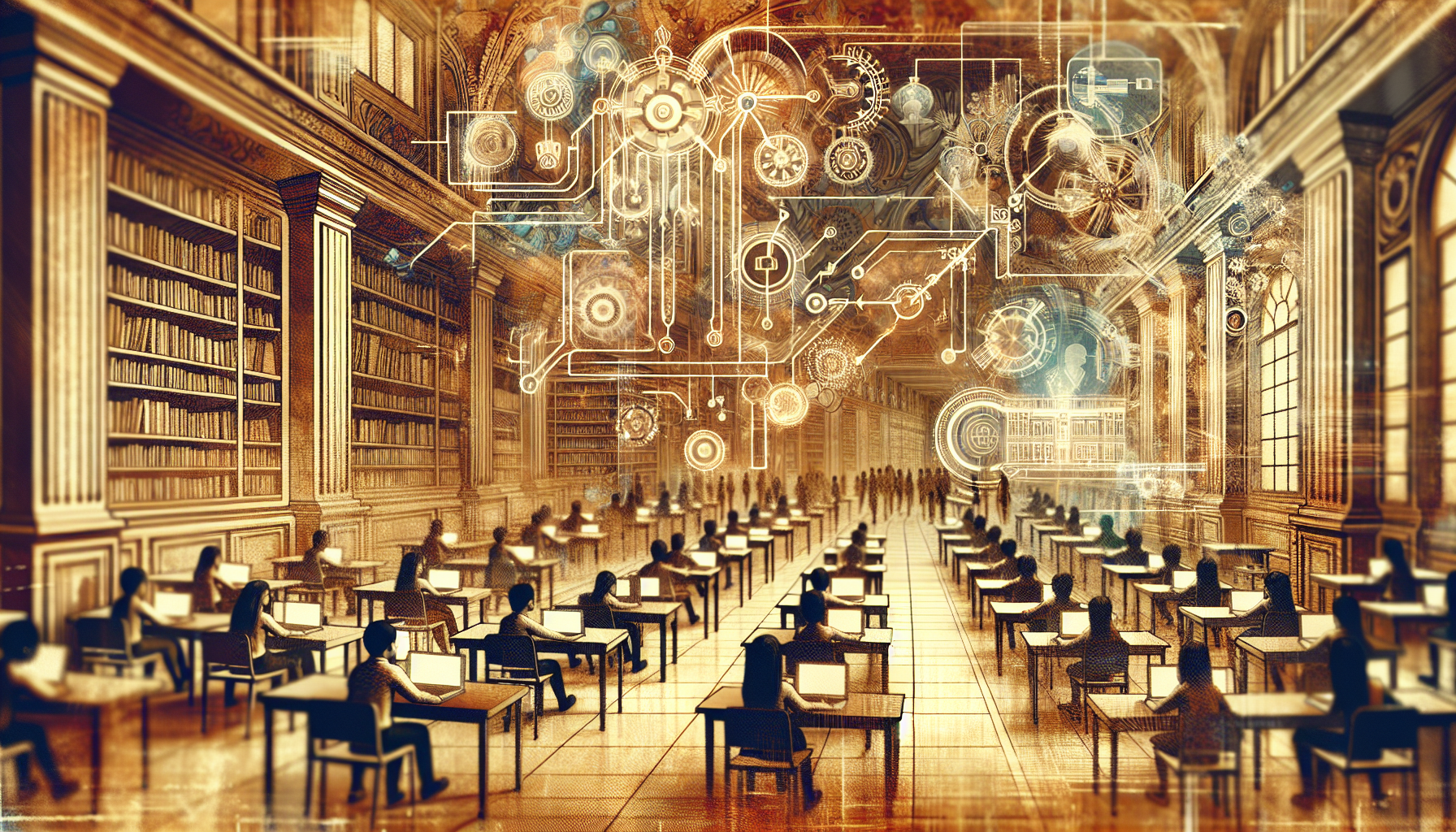One of the most significant shifts lies in the adoption of digital technologies, transforming traditional classrooms into dynamic learning environments. This article explores the digital transformation in education and its potential for future learning experiences.
The surge in digital technologies and the internet’s proliferation have now made it possible for anyone, anywhere, to access a wealth of knowledge at their fingertips. This revolution has paved the way for eLearning, which is a rapidly growing sector currently. As traditional classroom boundaries dissolve, digital platforms foster collaborative and interactive learning experiences.
One of the primary aspects of this transformation is the rise of Massive Open Online Courses (MOOCs). These platforms offer a diverse range of courses from renowned universities around the globe, attracting millions of learners. MOOCs have democratized education, providing easy accessibility to high-quality learning materials, regardless of geographical location or economic status.

Another innovation lies in the concept of personalized learning.
Digital tools and analytics can track an individual’s learning pattern, identifying their strengths and areas for improvement. This data-driven approach allows educators to tailor teaching methodologies to each student, fostering a learning environment that champions individual progress. Personalized learning has the potential to revolutionize education, moving away from a one-size-fits-all approach and towards a more student-centered model.
Furthermore, gamification in education is another trend that is gaining momentum today.
Incorporating game elements into learning activities enhances student engagement and motivation, making education a more enjoyable experience. From interactive quizzes to virtual reality simulations, gamification is transforming the way students learn and understand complex concepts.
Next is the concept of flipped classrooms, where students learn new content online by watching video lectures, usually at home, and what used to be homework (assigned problems) is now done in class with teachers offering more personalized guidance and interaction with students, instead of lecturing. This model contrasts from the traditional model and is believed to result in a deeper understanding of the subject matter.
While digital transformation promises a bright future for education, it is essential to recognize the challenges that come with it. Digital literacy is a critical skill that needs to be cultivated to navigate this new learning landscape effectively. Moreover, the digital divide—disparities in access to digital tools and the internet—is a pressing issue that needs to be addressed to ensure equitable opportunities for all learners.
As we move forward, the education sector needs to embrace digital transformation wholeheartedly. Investing in digital infrastructure, training educators in new methodologies, and implementing policies to bridge the digital divide are critical steps towards this reality.
The digital era of education is here, and it is redefining the way we learn and teach.
By integrating technology into learning processes, we can create immersive, personalized, and accessible educational experiences.
This transformation captures the essence of lifelong learning, where education is not confined to classrooms or textbooks but is a continuous process that empowers individuals to learn at their own pace, in their own way.